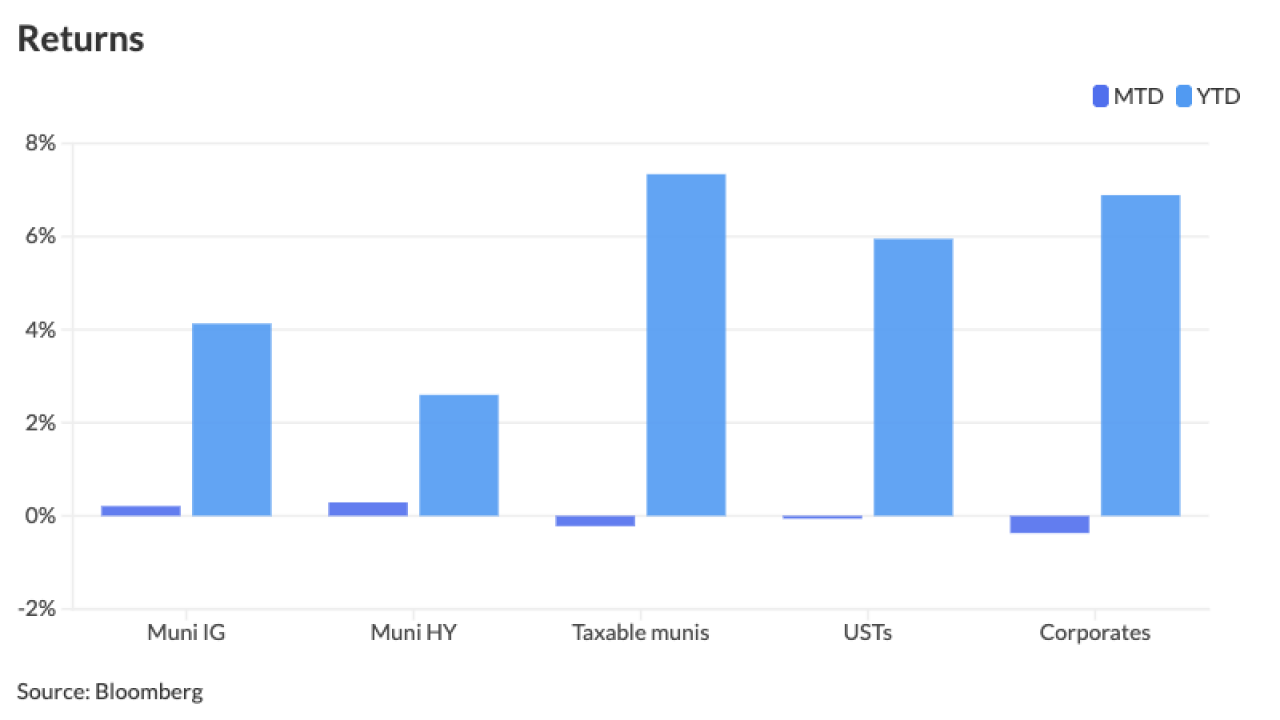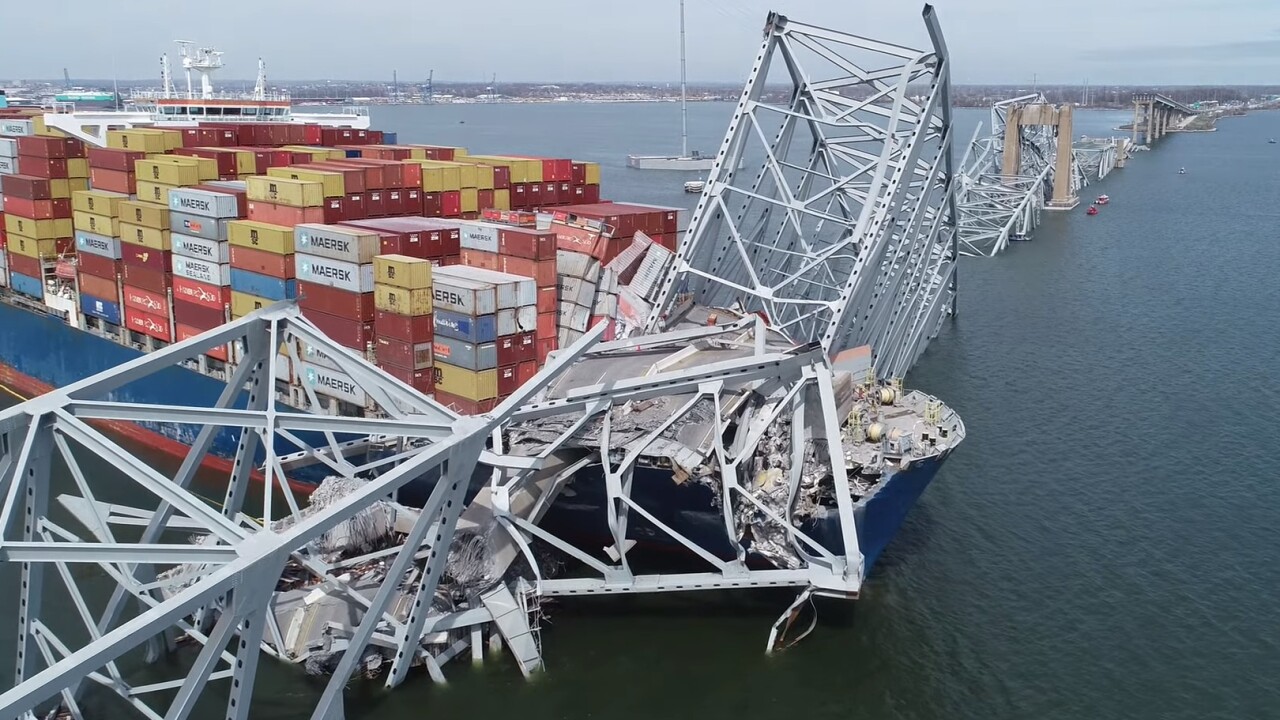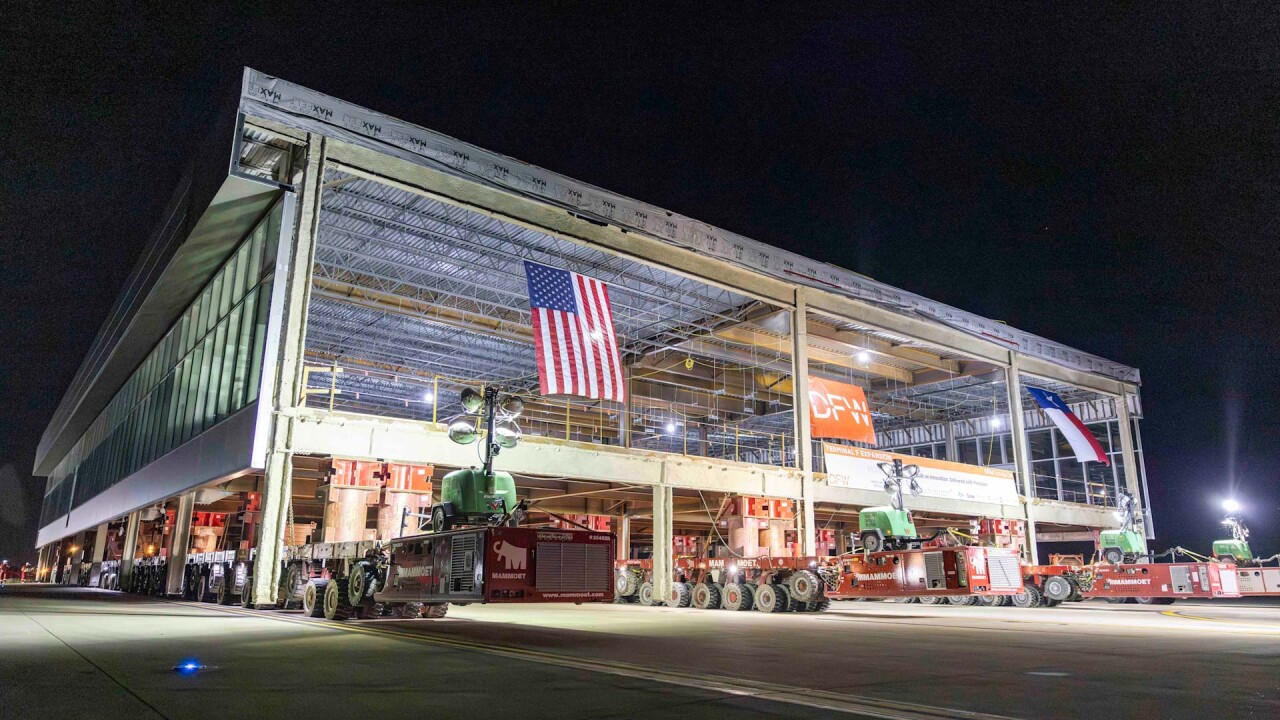Want unlimited access to top ideas and insights?
As the 2021 hurricane season ramps up, plans to safeguard Miami and its environs have come under scrutiny.
Climate change in South Florida has been on the radar of government officials for years as they seek the best ways to protect the lives of residents and the integrity of infrastructure.
Even before the last week's deadly collapse of the seaside Champlain Towers South condominium tower in Surfside, federal, state, county and city officials were seeking ways to mitigate the effects of rising sea levels in South Florida and lessen the threat of an ever-increasing storm season.

Some think the $6 billion plan is not eco-friendly enough while others think it's just too little, too late.
Miami-Dade County officials have been casting a critical eye at initial plans drafted by the U.S. Army Corps of Engineers to safeguard Miami from storm surges, plans which include a controversial initiative to build an up to 20-foot seawall around parts of the city.
The Miami-Dade Back Bay Coastal Storm Risk Management
The Corps of Engineers' first draft released in February tentatively called for constructing a seven-mile long wall to protect against water inundation. Six miles of the wall would be built inland with a one mile long stretch to be constructed in Biscayne Bay along the city’s financial hub in the Brickell district.
The Corps of Engineers plan also calls for elevating and flood-proofing homes and businesses in vulnerable neighborhoods. The initial plan is now under review by local officials.
“This project is typical of the kinds of reactions that have been taking place in Miami regarding resiliency and climate change for many years. It is reactive instead of being proactive,” Alan Rubin, principal, Blank Rome Government Relations, told The Bond Buyer. “For over 25 years now both the South Florida Water District and other environmental groups have been indicating that the urban growth of Miami Dade County especially westward towards the Everglades has been a disaster waiting to happen.
"Predictions have been that by 2035 there will not be any potable water for the county's use. The plan to construct a massive wall running around Miami will not help the conditions for the sinking of the city — it may provide some additional time before salt water erosion and storm surge overtake the area, but it will happen regardless,” he said.
Rubin, who is head of Blank Rome’s

“The material of the flood wall is also concerning. Concrete is not a substance that works well with salt water — witness the Surfside building collapse. Also, constructing the wall will require environmental construction techniques that the Army Corps is not equipped to handle. The project will also have massive overruns and costs will not be anything like projected.”
As of Wednesday morning, 12 people were confirmed dead and 149 were missing after the 13-story condominium collapsed in the early morning hours of Thursday. A massive rescue effort is continuing and President Biden and the first lady are scheduled to travel to the area on Thursday.
On Tuesday, U.S. Energy Secretary Jennifer Granholm told CNN it was possible that climate change played a part in the condo collapse. On CNN’s New Day program, she was asked if climate change’s impact on tides played a role in the collapse, she said that they didn't know for sure if it did or did not, but added that beaches everywhere are seeing rising tide waters.
"We’ll have to wait to see what the analysis is for this building, but the issue about resiliency and making sure we adapt to this changing climate, that’s going to mean levees need to be built, sea walls need to be built, infrastructure needs to be built," she told CNN.
There are three stages of the Corps plan, which are broken down into tiers — the feasibility study phase, which runs from 2018 to 2021, the pre-construction, engineering and design phase, slated to run from 2023 to 2026, and the construction phase, scheduled to run from 2026 to 2035.
“There are some valid reasons to build such a wall, but [they] should look to the Netherlands for how to build with the coastline issues taken into account. Gates for allowing water to flow and surge to be controlled, materials other than concrete or a combination of materials that are compatible with salt water should be examined,” Rubin said. “Keeping as much of the natural coastal protection should be incorporated into the planning process. The construction itself needs to be done with a contractor who has successfully built a massive flood wall around a populated civic center would be a criterion that I would implement.”
Miami-Dade County Mayor Daniella Levine Cava was less than enthused by the new proposal.
“I’ve been paying attention to this Army Corps proposal since when I was a commissioner,” Cava told News10.com. “And as a commissioner, I wrote a letter with my concerns about the proposal — that it didn’t incorporate some of the natural solutions that are really critical ... some natural barrier islands, some mangroves, other things that would really help a lot and be less intrusive, and we need to be sure that those things are in the plan. So I’ve met with the Army Corps and I told them that we need a waiver to extend the time until they put those things in the plan. We are not moving forward without those things being in the plan.”
Rubin noted that Miami has already wiped out many of the natural features that could bolster it against rising seas and storms.
“The natural protective barriers such as mangroves, barrier islands and other protective advantages have been wiped out by developers and the lack of proper code enforcement and building permitting,” Rubin said.
The city of Miami has been active in pursuing its own efforts against flooding and rising sea levels.
In April, the city approved a revised
“The city will be implementing the first group of recommendations developed in the SWMP in a phased, prioritized citywide stormwater management capital improvements program,” according to the master plan. “These improvements will be funded by a portion of its 2017 Miami Forever general obligation bond Program, as well as from other funding sources. The city’s intent for the Miami Forever general obligation bond is to build a stronger, more resilient future for Miami. This is achieved by alleviating existing and future risks to the residents, economy, tourism, and by protecting the city’s legacy.”
Voters approved the $400 million Miami Forever GO bonds in a 2017 referendum and projects will be implemented in phases for different sectors such as affordable housing, road improvements and public safety. About $192 million of the bond proceeds were earmarked for sea level rise mitigation and flood prevention through infrastructure investment.

“The bond funds a series of immediate, near-term, and long-term projects with the goal of transforming the future of Miami in key categories which align with the city’s most pressing needs, including addressing sea-level rise and flood prevention,” the master plan says. “The objectives of the stormwater-related bond projects are to minimize flooding frequency, severity, duration and impact, and to protect critical infrastructure and high-use areas. This, in turn, reduces financial and economic vulnerability.”
The aim is to minimize flooding frequency, severity, duration and thereby reduce the city’s financial and economic vulnerability. Bond proceeds have not yet been allocated to this phase of the GO program.
In March, the city updated its code on seawalls to adjust for a 20-to-40 inch rise in sea levels forecast to happen over the next 50 years. The new ordinance will allow a gradual rise in seawall heights as they are replaced.
Florida Gov. Ron DeSantis in April authorized almost $14 million in federal grant money for the city to retrofit sections of its existing seawall, construct new seawall sections and for other coastal resiliency improvements.
The money was allocated to the state through the Department of Housing and Urban Development’s community development block grant mitigation program.
Forecasters at the National Oceanic and Atmospheric Administration’s Climate Prediction Center see a 60% chance of an above-normal
“Obviously something has to be done, but truly it is too late to provide long-term climate relief at this point,” Rubin said. “They should try to make it as eco-friendly and sustainable as possible.”





